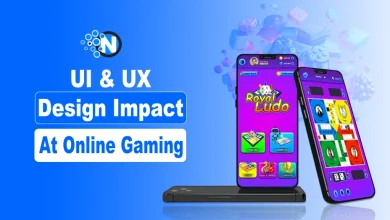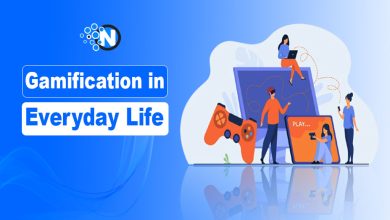How Browser-Based Games Use Zero-Cost Trials to Boost User Retention

The internet is overflowing with games vying for your attention. But some manage to hook you instantly, without asking for a download, login, or payment. You click a link, start playing, and before you know it, you’re invested. That’s the power of browser-based games using zero-cost trials, and it’s not just smart, it’s strategic.
These aren’t just ways to get people to buy things; they’re important parts of game design that keep people coming back and make them pay.
In this blog post, I’ll explore how browser-based games use frictionless access, behavioral psychology, and smart design to turn casual players into loyal fans.
Why Gamers Like Free Trials
A zero-cost trial is a good way to demonstrate value because it lets a potential user try the main gameplay loops and features without paying. This method is quite important in a market where there are almost limitless options for companies. The lack of an economic barrier makes it easier to start a fresh game.
This method takes advantage of the endowment effect, which says that the worth of something goes up just because you own it. The game creates a sense of ownership by giving players instant access to in-game resources, the first character progression, or premium trial items. Players are more inclined to keep putting in time and eventually money to safeguard and grow that investment.
The major purpose of the experiment is to get people to play the game every day, turning their casual curiosity into regular engagement.

How to Keep Browser-Based Game Players
Browser-based games employ complex incentives to keep players coming back on Day 1, Day 7, and Day 30. The business model is based on constant involvement, which is different from how packaged software usually works. The introduction incentive is set up to help the gamer get through the important onboarding phase.
Successful free-to-play games progress quickly and reward players. Players earn lots of experience, skills, and virtual money in the first few minutes. This instant reward starts a cycle of positive reinforcement. As the player goes deeper, the rewards are spaced out more or require more time or expertise to get.
This slowly changes the player’s motivation from intrinsic (enjoying gameplay) to extrinsic (getting a specified reward goal). This tiered reward system is a planned design choice to shape players’ expectations and keep the development curve interesting over time.
What Free Trials Teach Us About Behavior
Behavioral data and user analytics play a big role in how free trials are set up. During the trial time, developers gather information on which features keep users interested and which ones make them leave. A good trial reduces initial friction by avoiding long sign-up forms or difficult instructions. This helps gamers reach the “core loop” of fun quickly.
Best incentives are usually limited-time offers. Browser-based or casual games like city-building simulations and match-three puzzles offer starter packs or early access to help new players learn the game. These examples show how important it is to pick safe, fair, and open platforms that are easy to use and are fun with.
A no-deposit bonus is a common technique for trustworthy gaming companies to offer this sort of risk-free testing. Daily login rewards or a one-time “beginner’s bundle” in the game serve the same purpose: they make players feel appreciated, help them go up rapidly, and keep them playing for a long time.
Creating player Experiences that are both Ethical and Interesting
The success of free trials depends on how well they fit into a game design that is both ethical and long-lasting. An introduction inducement that leads to an instant and abrupt barrier is less effective than one that slowly transitions the gamer into the “freemium” model. In successful free-to-play games, every item or currency that can be bought can also be acquired through time and effort. This lets both paid and non-paying players obtain what they desire.
This two-way road ensures the free version is a full game that runs more slowly, not just a short demo. This design philosophy is very important for the health and long-term survival of the community. Browser-based games use free trials not as a sneaky way to get people to buy something, but as a strong, data-driven way to show how deep and fun the game is, which increases the chances that players will stick with it. The browser-based market will keep changing as these small yet powerful incentive mechanics improve.
Final Thought: Free Trials Are the New Onboarding
Zero-cost trials aren’t just marketing gimmicks. They’re onboarding tools, habit builders, and trust generators. For browser-based games, they’re a low-risk, high-reward way to boost retention, and they’re changing how developers think about player loyalty.
So next time you click on a game link “just to try it,” remember, you’re stepping into a carefully crafted experience designed to keep you coming back.




